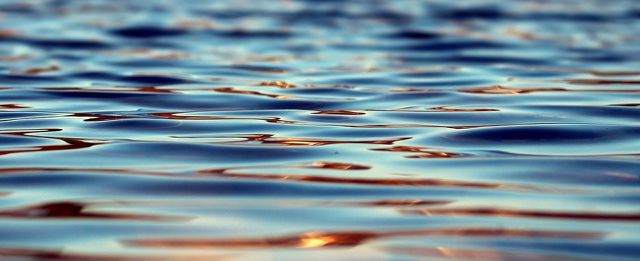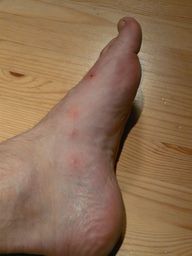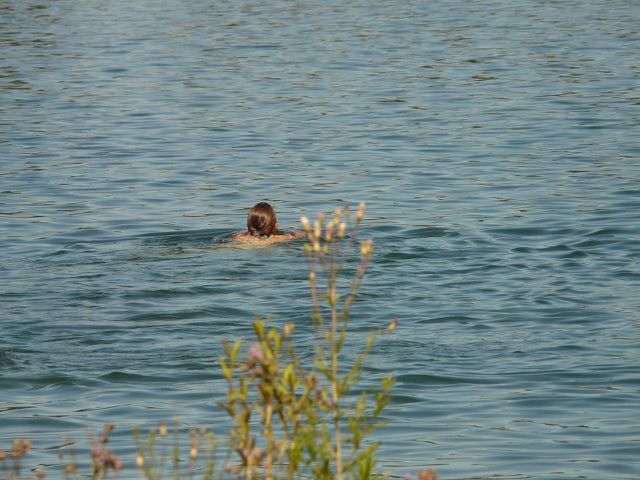
With rising temperatures, cercariae swarm out in our local waters. We explain what you need to know about the parasites and give tips on what to watch out for when bathing.
Cercariae: native parasites in bathing lakes
In summer, visitors to bathing lakes occasionally experience rashes and itching. The finding is often: Bad dermatitis. The reason for this are cercariae, larvae of the suction worm living in the water. With a few rules, you can minimize the risk of cercaria infestation.
Cercaria – what is it?

(Photo: CC0 / Pixabay / pixel2013)
Cercariae are the microscopic larvae of so-called suction worms (trematodes) that swim around in the water. Adult suction worms mainly affect ducks and other water birds. Inside, they lay eggs that the infected animals excrete and distribute through their faeces. The freshly hatched larvae first look for freshwater snails as intermediate hosts. After the first few weeks of life, they swarm out into the open water to search for an end host. It can happen that the larvae accidentally attack humans.
Cercaria are triggers for bath dermatitis



(Photo: CC0 / Pixabay / Hans)
- An infestation of cercariae is harmless to humans, but it can be unpleasant itching trigger. Unlike ducks, the larvae in our body cannot survive and die quickly. Nevertheless, itching and burning can develop in the places where the larvae penetrate the skin. Even briefly reddened spots indicate an infection. Often, however, these harmless phenomena remain.
- Only with repeated infestation with the parasites can one Bad dermatitis develop like that Medical newspaper explained. Here wheals and pustules form on the skin that are very itchy within a few hours of the infection. These can remain on the skin for several days. The most important thing about dermatitis is to stop the urge to scratch. If you scratch the already damaged skin areas, bacteria can penetrate, causing inflammation. So that it doesn’t get that far, you can have your dermatologist prescribe an itch-relieving ointment.
- In particularly severe but very rare cases, bathing dermatitis caused by cercariae can trigger an allergic reaction. As the medical newspaper describes, this can lead to fever and allergic shock conditions, in which you should see a doctor immediately.
Cercaria: This way you minimize the risk of an infestation



(Photo: CC0 / Pixabay / Hans)
Even though cercariae are generally harmless to humans, an infestation is annoying. During the bathing season, some tips help to minimize the risk of cercaria infestation:
- In general, you should consider the main swarming times for cercariae. The parasites tend to flow more and more through the warmed-up bathing water after periods of good weather, as the magazine says GEO describes.
- Also pay attention to official warnings before each visit to the lake or find out more on the website of your local health department.
- Do not stay too long in the flat bank area, especially on very warm days. Cercaria larvae and their hosts, the water snails, are particularly abundant here.
- Very calm waters and especially small lakes can also contain many cercariae. If possible, find a larger lake or choose places with a gentle current for swimming.
- Dry yourself immediately after each bath and change the wet swimwear.
Read more on Utopia:
- Wireworm: This is how you get rid of the pest
- Bathing in pregnancy: you should note that
- Legionella: You need to know this about the bacteria in drinking water